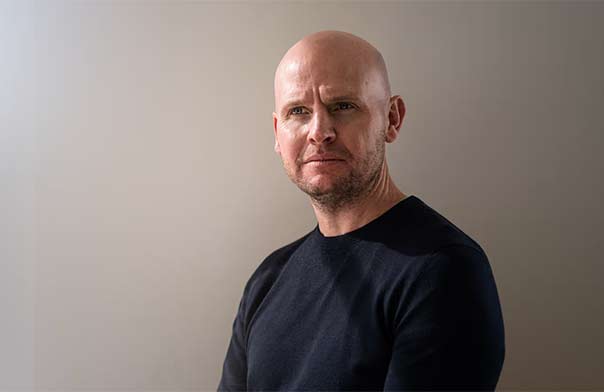
A deep-sea diving specialist, Chris spent much of his career living for weeks at a time in high-pressure decompression chambers, commuting daily to the seabed in a diving bell, and working at depths of up to 900 feet for hours at a time. Whilst working in the North Sea, an incident left him stranded 300 feet under water on the sea floor, with no light, heat, air or communications. In a story taken up by Hollywood, Chris defied the odds to survive for over 40 minutes whilst a heroic rescue attempt, that he was unaware of, was staged.
Chris Lemons is a commercial saturation diver and diving supervisor with over 20 years of experience operating in some of the most dangerous and extreme environments on the planet. A specialist in deep-sea diving for the oil and gas industry, he spent much of his career living for weeks at a time in high-pressure decompression chambers, commuting daily to the seabed in a diving bell, and working at depths of up to 900 feet for hours at a time.
In 2012, Chris’s life changed dramatically when a freak equipment failure during a routine dive in the North Sea left him stranded 300 feet underwater. With his umbilical, his only source of air, heat, light and communication accidentally severed, he was left in total darkness on the ocean floor with just minutes of emergency gas and no way to protect himself from the freezing temperatures. Incredibly, he survived for over 40 minutes whilst he awaited rescue by an expert team - a feat that continues to baffle experts and has inspired millions.
Chris’s story was told in the acclaimed BBC/Netflix documentary Last Breath, and later adapted into a Hollywood feature film of the same name, starring Woody Harrelson, Simu Liu and Finn Cole.
In presentations, Chris takes audiences into the unseen world of saturation diving, before guiding them through the events of that fateful day and a profound account of his thoughts and actions. He explores what it feels like to confront death in complete isolation, and how experience, mindset, and a courageous team working under intense pressure all combined to bring him back alive. From the technical fault that instigated the incident through his personal, emotional response and the coordination of the rescue effort, Chris considers his extraordinary story of survival. With humour and humility, he also reflects on risk, resilience, leadership, decision-making under pressure, and the value of preparation and trust in high-performance organisations. From crisis management to safety processes to peak performance, Chris’s lessons cover the practical, human and psychological.
Despite the trauma of his experience, Chris has returned to the seas, continuing to dive for several years after the incident and now working as an IMCA Diving Supervisor.